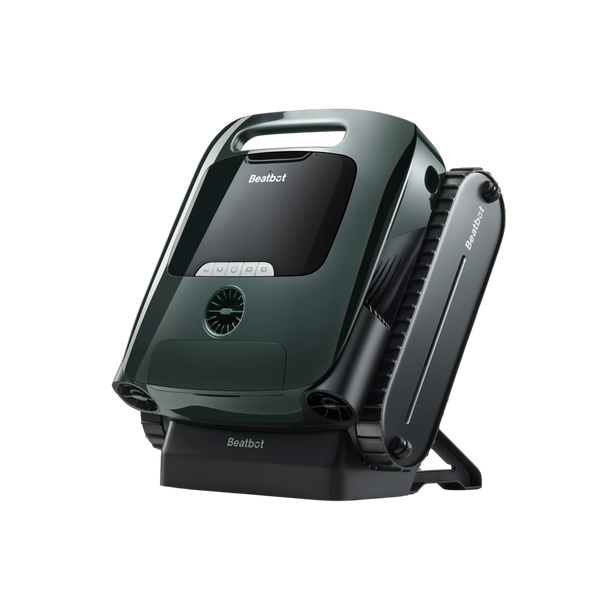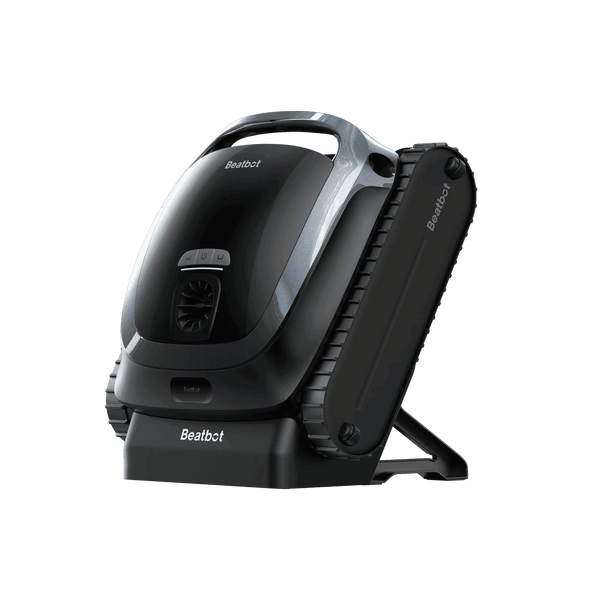Pipe Repairs: How to Fix Pool Leaks and Preventing Future Damage
Underground pool pipe leaks are a significant concern as they can lead to water wastage, structural damage, and increased maintenance costs. These leaks can occur in various parts of the pool's plumbing system, including pipes, fittings, or valves, and are often due to wear and tear or improper installation.
Table of content

What are Common Pool Leaks
Structural Leaks
Structural leaks are often the result of cracks or damage in the pool's shell, which includes the walls and floor. These issues can arise from ground shifts, extreme temperature changes, or simply the natural aging of the pool materials. Over time, these factors can weaken the pool structure, leading to leaks that require repair.
Plumbing Leaks
The pool's circulation system, which includes pipes, valves, and fittings, is susceptible to leaks due to wear and tear, corrosion, or poor installation. As these components deteriorate over time, they can develop weak spots that lead to water leakage.
Equipment Leaks
Leaks can also occur in pool equipment such as pumps, filters, or heaters. These are often due to worn-out seals, gaskets, or connections that have reached the end of their service life and need to be replaced.
Liner Leaks
In vinyl liner pools, tears, punctures, and material deterioration can lead to water loss and potential structural damage. The liner is a critical component of the pool, and its integrity is essential for maintaining water levels and preventing leaks.
External Factors Contributing to Pool Leaks
The Surrounding Environment
Uneven ground settlement after pool construction can lead to cracks in underground plumbing or the pool floor. Temperature changes, such as those in the freeze-thaw cycle, and seismic activity can also cause structural damage leading to leaks.
Chemical Imbalances
Imbalanced pool chemicals can damage equipment and result in leaks over time. Maintaining proper water chemistry is crucial to prevent such damage and extend the life of pool components.
Material Fatigue and Corrosion
Constant exposure to water pressure, chemicals, and temperature fluctuations can cause pipes to deteriorate, leading to weak spots and leaks. Metal pipes are especially susceptible to rust and corrosion in pools with aggressive chemicals or acidic conditions.
Ground Movement
Shifting soil or settling can put pressure on underground pipes, causing them to crack or break. External forces such as earthquakes or nearby construction can also threaten the integrity of pool pipes.
Pumps and Motor Problems
Problems with pumps and motors can lead to swimming pool leaks, as can general wear and tear on the pool surface and broken plumbing beneath the pool deck.
Loose Fittings
Loose fittings on railings, tiles, and other accessories can also be a source of leaks. Regular checks and tightening of these fittings can prevent small issues from becoming larger leaks.

Types of Underground Pool Leaks
Underground pool leaks can be categorized into inlet side leaks, pressure side leaks, and underground leaks. Inlet side leaks occur on the suction side of the pool pump before the water reaches the pump, while pressure side leaks happen on the pump's return side. Underground leaks are the most difficult to detect as they occur below the pool surface, often due to ground movement or pipe corrosion.
Detection and Repair of Underground Pool Leaks
Detection methods for underground pool leaks include the bucket test, dye test, pressure test, acoustic listening devices, and thermal imaging. These methods help identify the presence and location of leaks within the pool system. Repair techniques involve patching or sealing small cracks or holes with pool-grade epoxy putty or the appropriate sealant. If the damage is severe or a part of the pipe is significantly compromised, replacement may be necessary. For complex or hard-to-reach leaks, consulting a pool professional is advisable.
Finding Pool Leaks
If there is a leak in a pool, it can be anywhere. But before you start doing some leak detection you have to distinguish between a leak and something as simple as evaporation as well as plumbing damages to the filtration system.Before testing the pool, make sure the problem does not refer to leaks of plumbing or pool equipment.First, amplitude check the area that relates to your entire filtration system. This is to check things like your pool pump, filter, heater, chlorinator, checking any O-rings or connections that may be leaking. The good news is that these kinds of leaks are often relatively simple to access.And you might also have leaks on your lines that are hidden. In the case of inground pools, this may be cracks in the pipes that lie underground.Anyway, even when you are not sure that a plumbing leak exists, you ought to check that water loss is not due to evaporation by testing your pool first. From there, you can identify where the leak is. This identification can be done either with the bucket test or the ink test.
DIY Bucket Leak Detection
This straightforward method requires minimal tools: a 5-gallon plastic bucket and a waterproof marker or duct tape, which you probably already have on hand.
- Position and Fill the Bucket: Place an empty 5-gallon bucket into the water at the second step of your pool and fill it with water to the same level as the pool. Mark this level inside the bucket with the marker or duct tape.
- Deactivate the Pump: Switch off the recirculating pump and any automatic refill systems you have in place.
- Assess Water Levels: After a 24-hour period, compare the water level in the pool to the water level in the bucket. If both have decreased evenly, the water loss is due to evaporation. However, if the pool's water level is lower than the bucket's, a leak is likely present.
- Test with Pump Active: To help identify the leak's location, conduct the test for another 24 hours with the pump operating.
- Analyze the Outcomes: If the pool experiences greater water loss when the water is circulating under pressure, the leak is likely within the pool's filtration system or plumbing.
Leak Identification with Dye Testing
This technique can pinpoint the leak's exact location but requires a bit more effort. You'll need to acquire a leak detection dye to add to your pool water, and it's also useful to have waterproof tape for marking potential leak spots.
- Inspect the Pool's Surroundings for Moisture:If you notice damp areas where they shouldn't be, it's likely that your pool is leaking nearby and the water is seeping into the ground. Try to narrow down the area as much as possible before applying the leak detection dye.
- Disable the Pump and Water Features:To use the dye effectively, you'll need the water to be as still as possible. This will also help in detecting leaks in or around the skimmer.
- Apply the Pool Leak Detection Dye to Locate the Leak:Go to the edge of the pool where you suspect the leak might be. Without disturbing the water, apply the dye close to the water's surface and the wall. If the leak is nearby, you'll see the dye being drawn toward the exact leak location, similar to a current.
- Mark the Leakage Spot:Use waterproof tape to mark the spot where you observed the dye being drawn toward. This will help you remember the exact location for patching the leak.
If you are convinced the leak is at the bottom of your pool, then you will need to dive to the bottom for the leak detection test. But during the actual test, you have to stay as still as you can so the dye doesn't spread randomly.If you have a concrete or gunite pool that has cracks, particularly where the skimmer meets the pool wall, you will need a plaster repair. However, you can do the repair by yourself if you have a pool with a vinyl liner.
Preventing Another Leak in Your Underground Pool
Regular inspections of the surface, pipes, and equipment for signs of wear and tear, cracks, or loose fittings, can help prevent future underground pool leaks. Proper maintenance is key, including keeping the water chemistry correct to prevent corrosion, and maintaining and cleaning the pool equipment regularly. In freezing climates, winterizing the pool correctly will protect it from damaging expanding ice. Watch for weight limits on the pool deck and dont put anything heavy in or near the edge of the pool. This can also crack or settle the shell. As a general rule of thumb, keep the pool at the proper water levels shown to avoid over-stressing the pool structure. Periodic professional pool maintenance to check and service parts and components, such as the pump, filters, and pipes.
Relative Blogs
About the author



















